As part of the Nokia fashion collection, which includes 7260, 7270 and 7280, the Nokia 7280 the lipstick phone puts style first. I was excited to start using this device and after a few weeks I was use to its unique characteristics. The one aspect I could not get past was the lack of a number pad as dialing via the scroll wheel was difficult and inconvenient. The phone redeems itself with voice dialing, Bluetooth capabilities and speakerphone.
I developed a real love hate relationship with this phone, love the style, size and weight; hate the lack of practicality.
The phone comes equipped with the following:
- Subtle and sleek scroll wheel to access features in a unique way
- Voice-activated user interface with 70 voice commands
- Hidden integrated VGA camera
- Internal handsfree speaker
- MMS
- HSCSD and EGPRS for high-speed data connectivity
- EDGE : Mobile broadband access with upload up to 118.4 kbps and download up to 236.8 kbps
GPRS for convenient 'always on' browsing - Bluetooth wireless technology
- Infrared
- XHTML browser
It is small, sleek and gets noticed. The Nokia 7280 had shiny black casing with integrated white pattern, which scratches easily and shows smudges. There is a screen that doubles as a mirror, two cloth inlays for comfort by the ear, a label similar to one on an article of cloths, four buttons that blend into the design. The scroll wheel has a rubber inlay that is easy to grip. The phone looks good, but has a cheap feel to it and makes noises when using the buttons and scroll wheel.
The phone fits comfortably in ones hand and it light to hold up to the ear. It weighs 84g and its demensions are 115 x 32 x 19 mm.
The phone that stands out in a crowd:
Nokia 7280 size comparison
Scroll Wheel and Buttons The scroll wheel is easy to use and responds well, however, it is not always conveyant to use when placing a call or entering text. It is similar to the wheel technology of the iPod, in that the middle button executes the function. In no time I was maneuvering around without a problem. The two blue buttons are used to select options, the red button is power/end call and the green button is to initiate call.
Below the scroll wheel is a compartment to put in the SIM card. A sharp point, similar to a paperclip is needed to open the compartment. To the left of the SIM compartment is the infrared port and loudspeaker.
At the top near the ear piece the white design illuminates when the phone rings, receives a message or at random times. This feature can be deactivated if necessary.
Display:
The screen displays in 65K TFT with resolution of 104 x 208 pixels, however in sunlight it is extremely difficult to read. The screen is viewed by holding the phone horizontally and because of the size only a maximum of four lines can be displayed, which is less than ideal.
Similar to other Nokia phones, colors can be changed for personalization. In addition, this phone comes with various themes which integrate color, wallpaper, screensaver and ring tone
Phone Menus:
- The default screen has two quick buttons for go to (the most used functions) and name (for quick search and dialing).
- Settings menu is used to change display, sounds, wallpaper, screensaver, timed profiles, etc.
- Contacts and Call Register: The phone can store up to 100 names with up to 5 numbers per name, photos and 25 voice tags. The phone defaults to the first entered phone number and can be edited later. In addition, all the normal call register features exist on this phone.
- Number Entry: In order to dial one must go to the number entry menu and scroll to the number wanted. This is the most frustrating function of the phone and will steer most people away. For example, when calling voicemail the user must scroll to enter a password and if a mistake is made a series of options is used just to delete the unwanted character. In addition, dialing a number takes about twice as long as a traditional keypad. Thankfully, the voice dialing works well.
Text is entered in the same was as numbers and has a predictive feature to make typing easier. I found that the predictive letters were of little help and typing a name or message was a tedious process. The predictive feature offers the option of what it believes is the next letter, instead of providing the word it believes you are typing. Unless you are sending quick messages of hi or whats up, the text feature is almost pointless.
Camera: the lens is on the back of the phone and is exposed by sliding the unit. The display is used as a view finder and the silver button of the scroll wheel takes the picture. There are three modes of pictures available, standard, portrait and night (for low lighting). The camera has resolution of 640x480 with zoom capabilities and producers pictures in JPEG format. Pictures look good on the phone screen, probably because it is small. I have taken many indoor and outdoor pictures with this phone and when downloaded to my computer they appear grainy.
Below are some examples:
Outdoor:
Indoor: Normal and with zoom
Media player: this feature allows the user to watch streaming videos. However, the screen is so small it is almost pointless.
Radio: like most Nokia's I have owned the radio will only work with an attached headset.
Voice recorder: records up to 3 minutes and allows phone conversations to be recorded, with the parties hearing a slight beep every 5 seconds.
Organizer:
- To Do list
- Calendar
- Alarm clock
- PC sync I was able to sync to my computer via the infrared connection. It was fast and allowed me to download all my contacts in a matter of minutes.
Web: The internet connection is slow to load and because of screen size navigation is difficult.
Messaging:
Multimedia messaging: send and receive messages containing text, images (JPEG, GIF, WBMP, BMP and PNG), audio and video.
Email: there is no email client on this phone, but per the manual one can send and receive emails via text messaging. I was unable to get this to work.
Text messaging: create, send, edit, and receive text messages (SMS) up to 160 characters
Performance:
The battery lasts about 48 hours with minimal use. I used the phone mostly for talking and had to charge it every other day. Charging takes about 3 hours.
The Nokia 7280 is a TriBand (GSM 900 / GSM 1800 / GSM 1900) phone that has marginal reception. This phone was used in Los Angeles, CA via T-Mobile and doped some calls. Answering and ending calls is easy just by sliding the phone. When holding the phone up to your ear, one must position the earpiece just right in order to get the best sound clarity. If the earpiece is not positioned correctly callers sound muffled. The Bluetooth headset and speaker work well as alternatives. The speaker gets loud and does not sound distorted. The microphone is located on the bottom of the phone and picks up ones voice well. I never received a complaint about the clarity of my voice.
Conclusion:
This phone is for the trend setter and one that is looking for attention. It takes some getting use to and the dialing option will bother most people. As an everyday phone, you will want to look into different options.
As always, if you are interested in becoming part of our review team, drop me an email at: kidoborg@phonearena.com

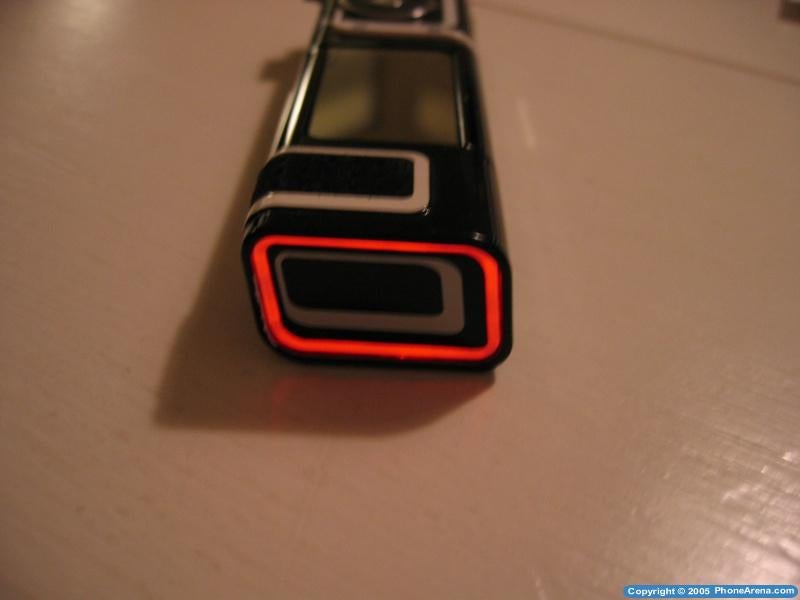
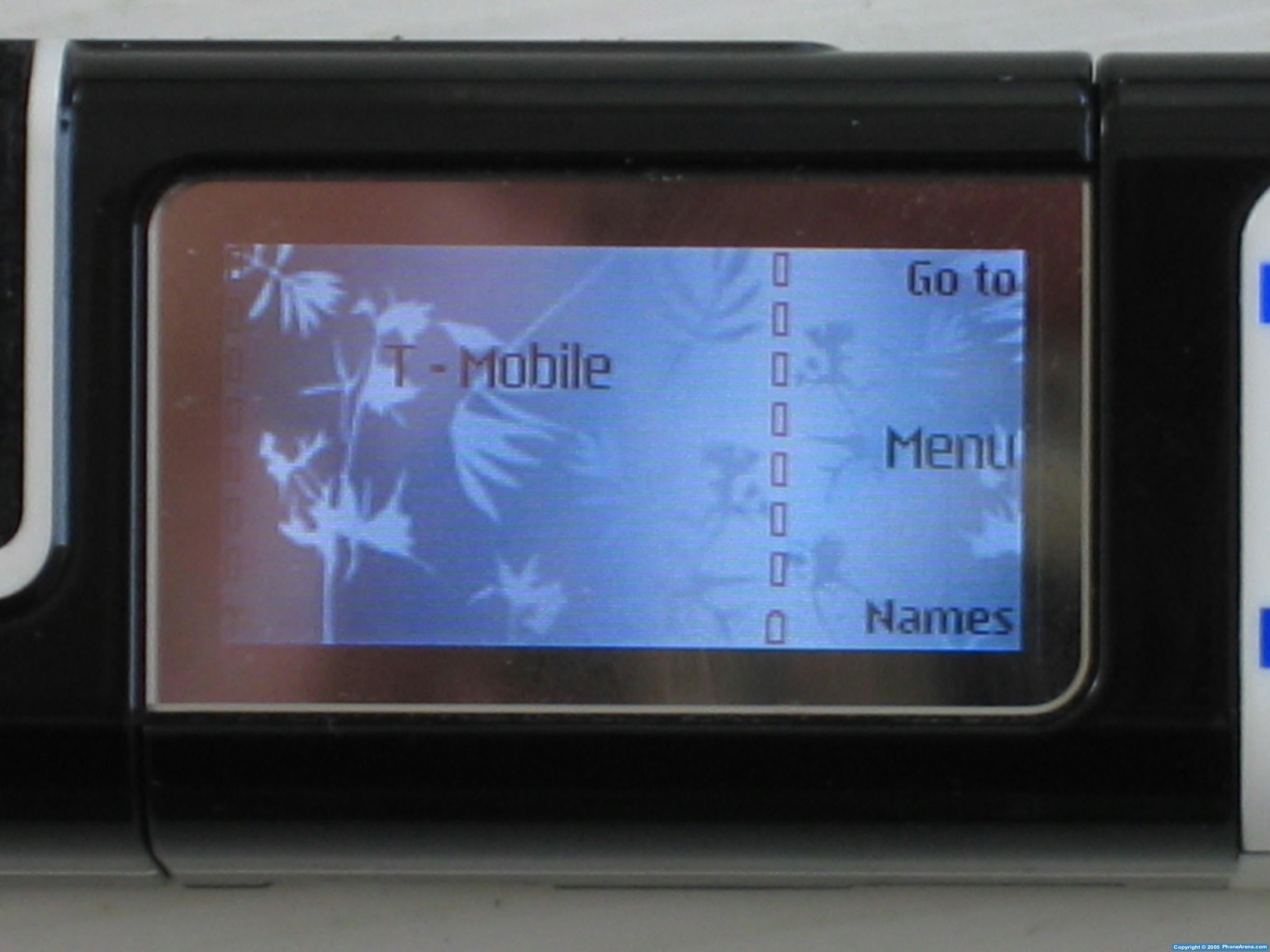
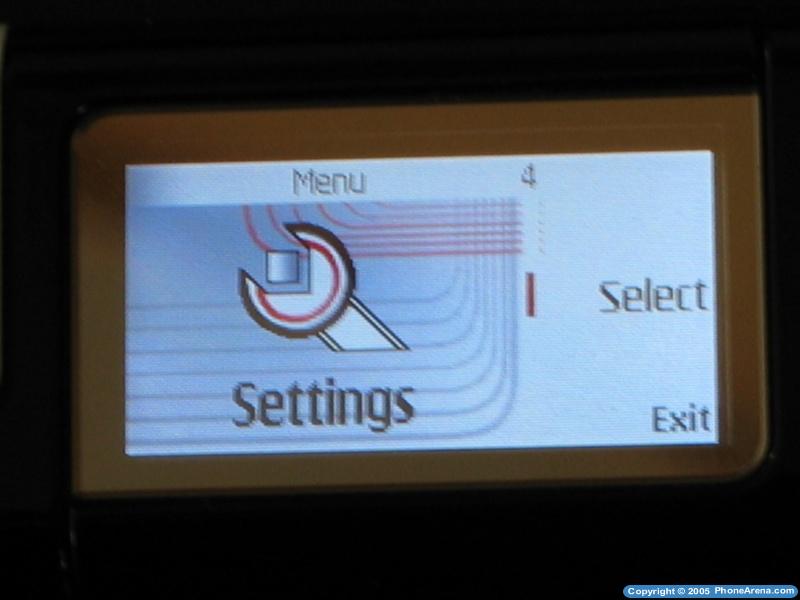
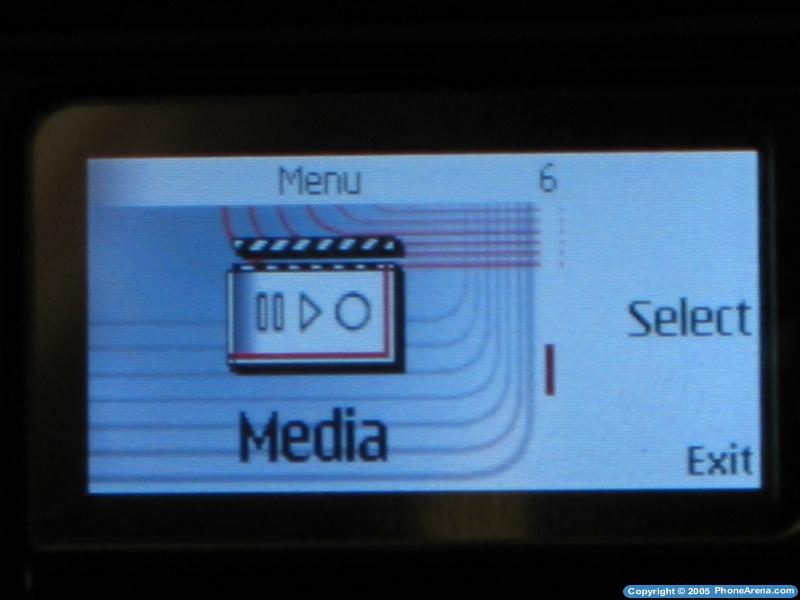
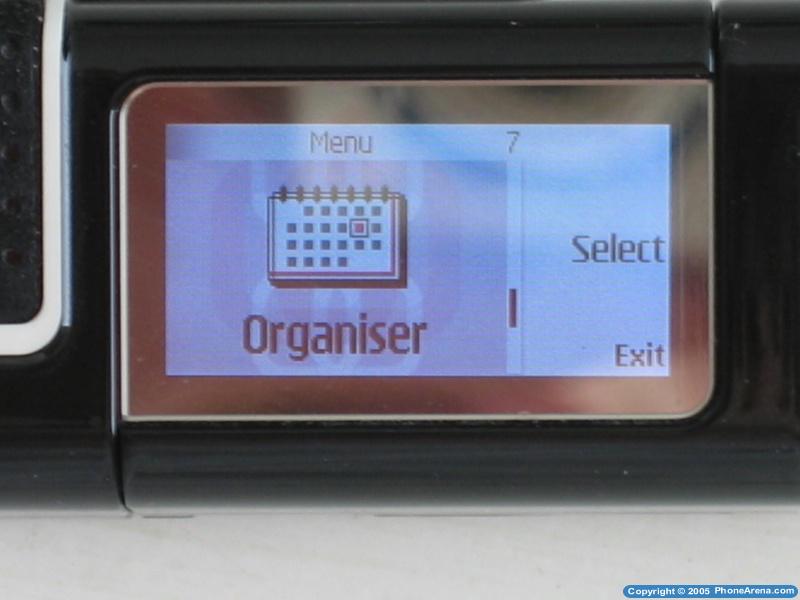
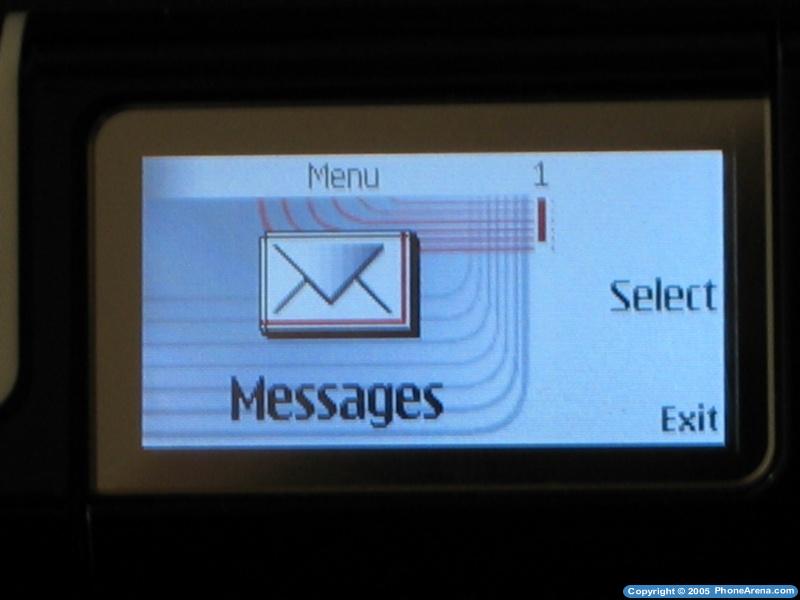

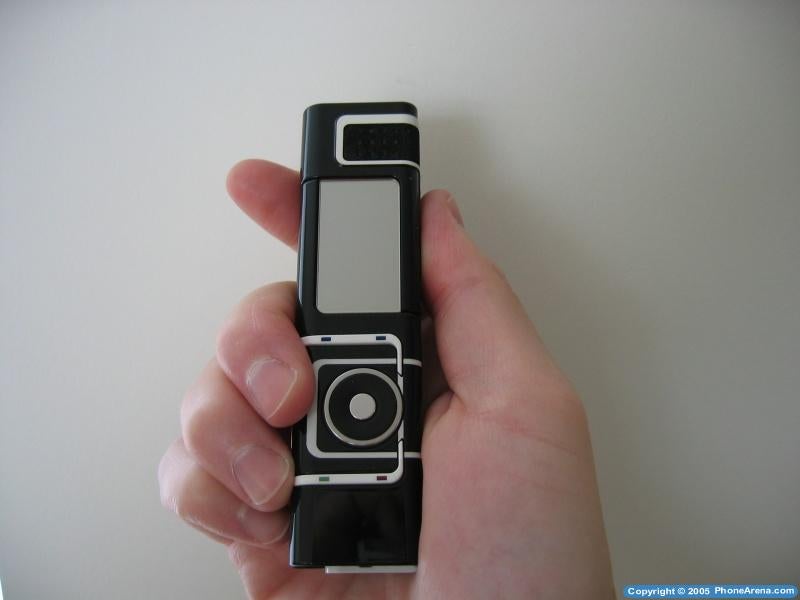
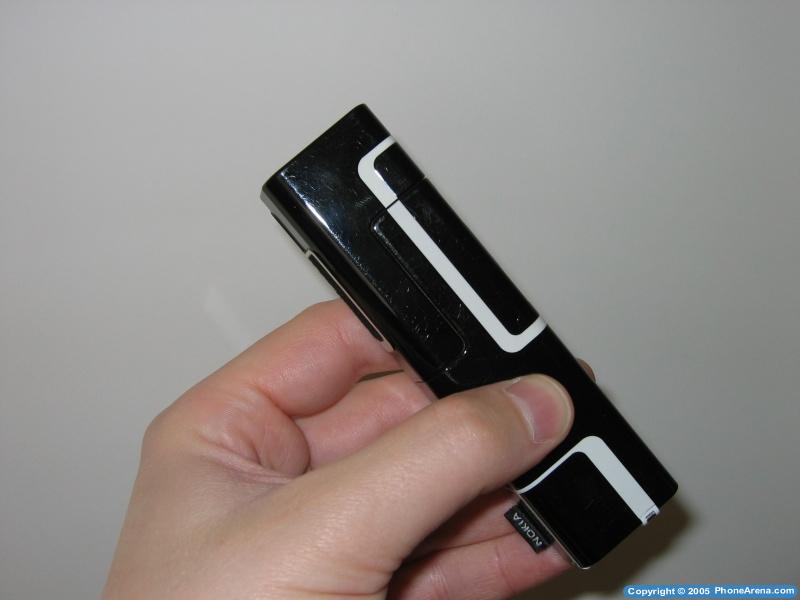
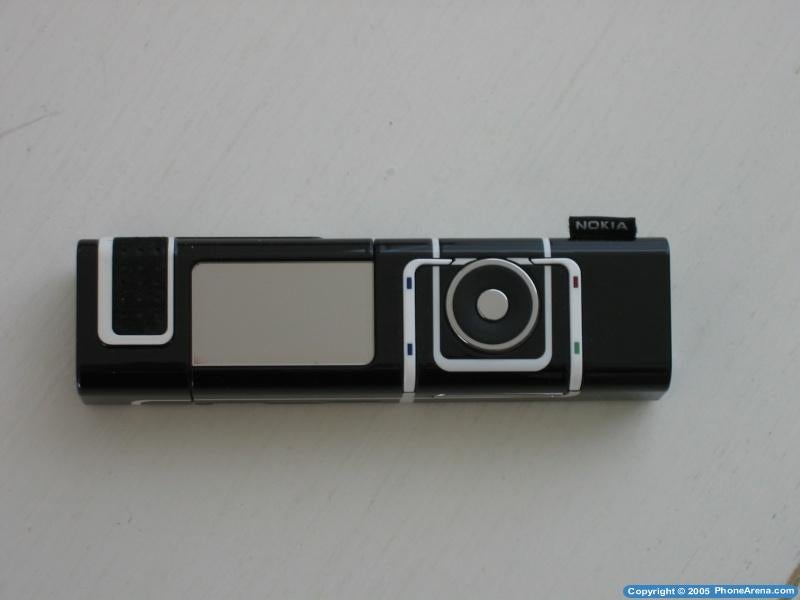
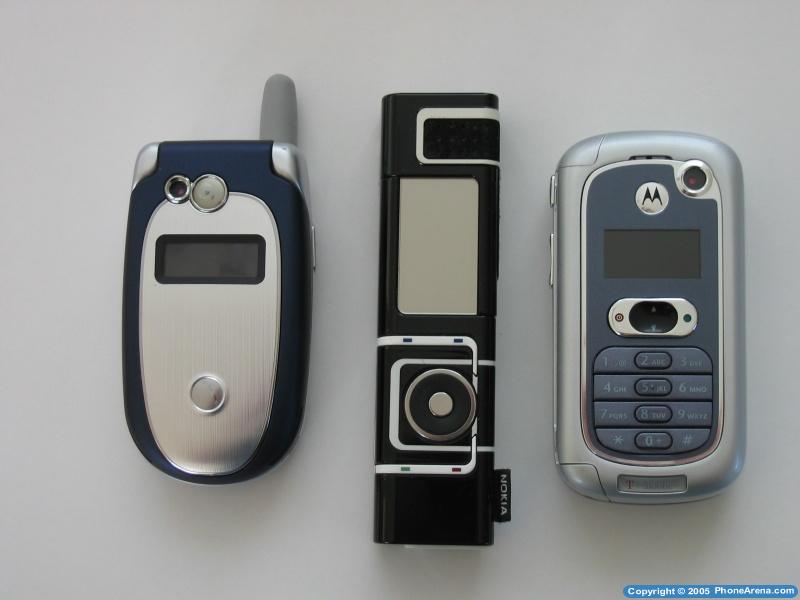
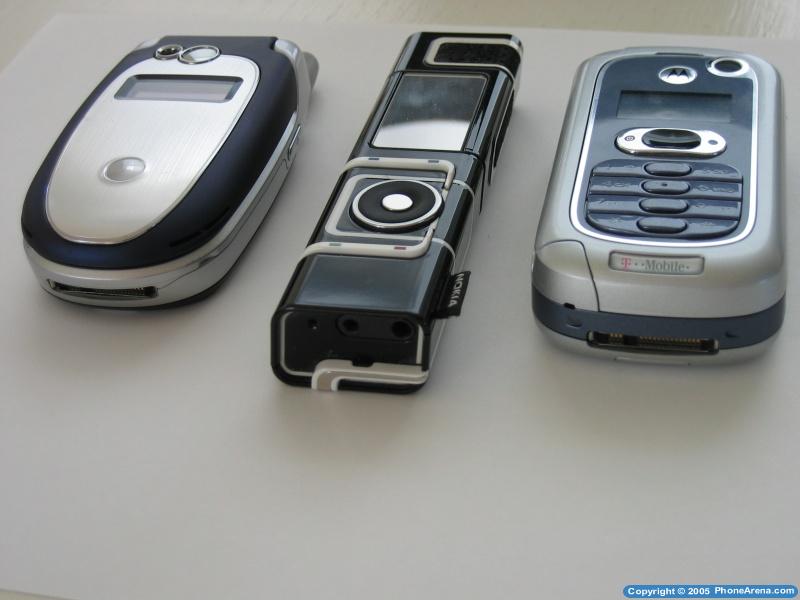

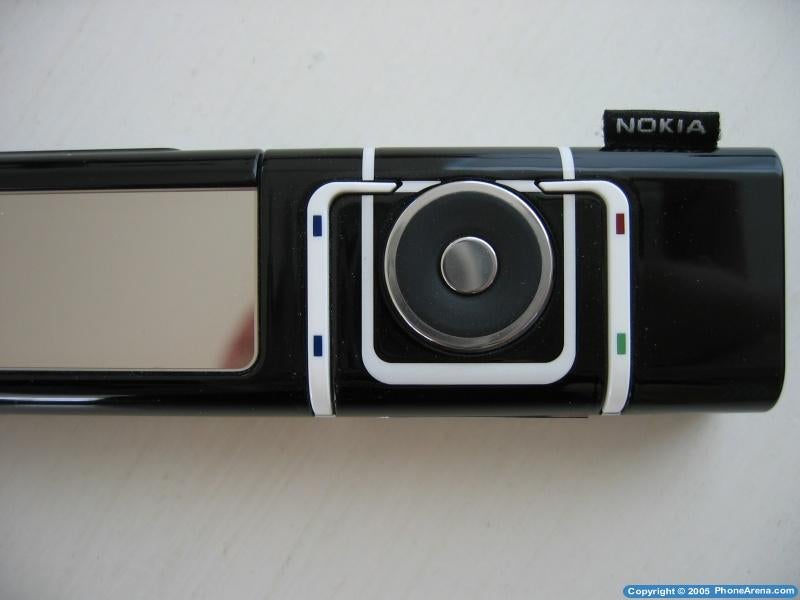
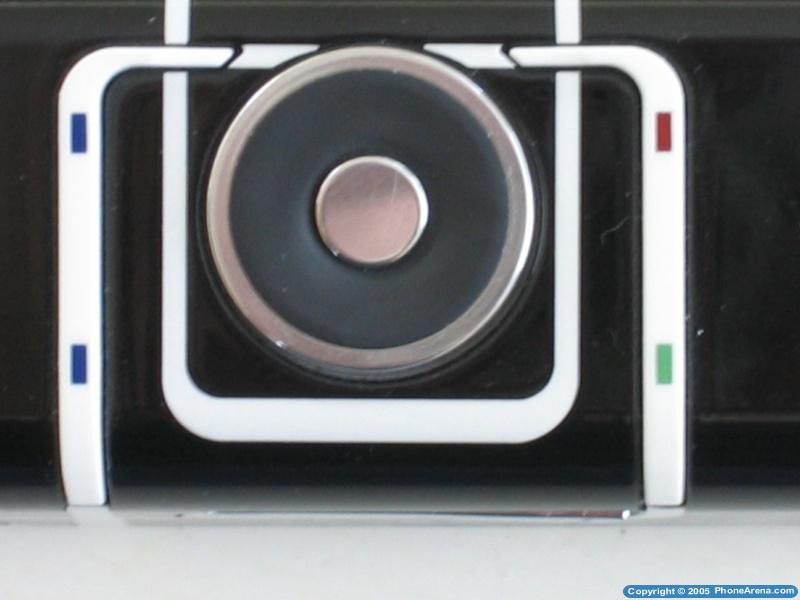

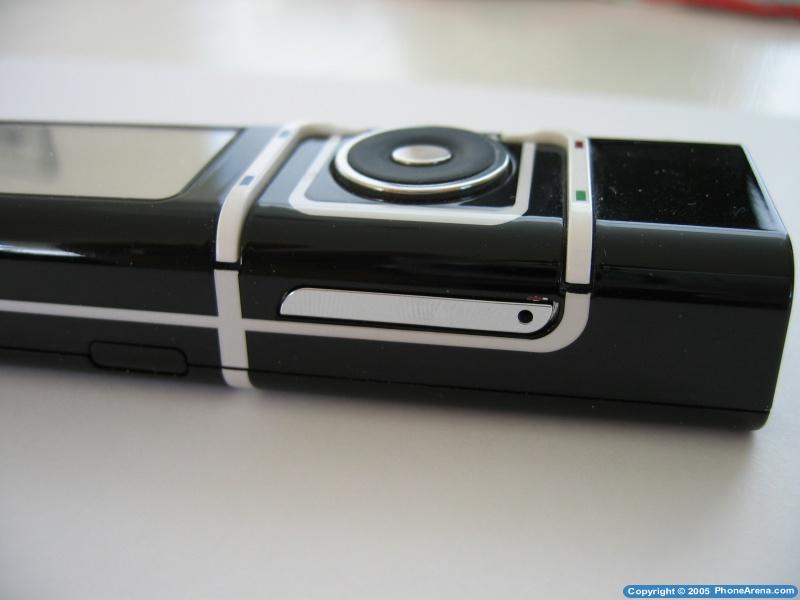
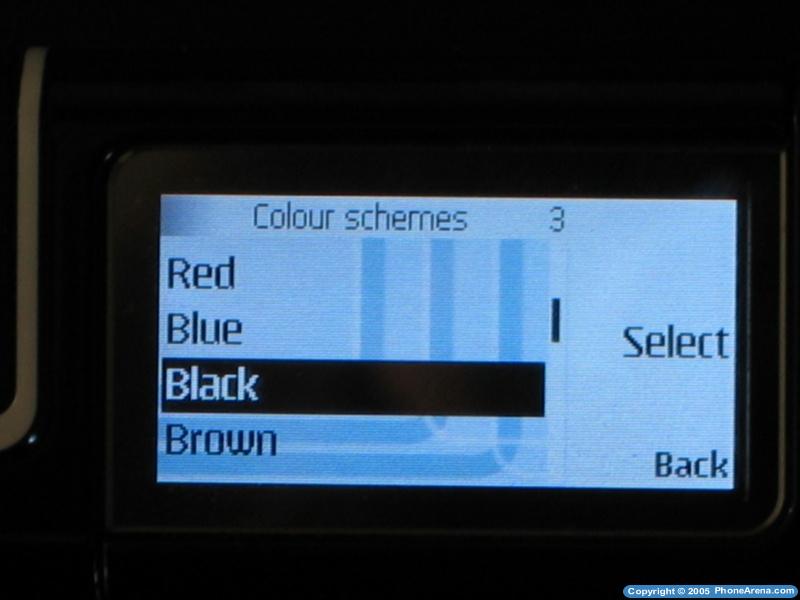
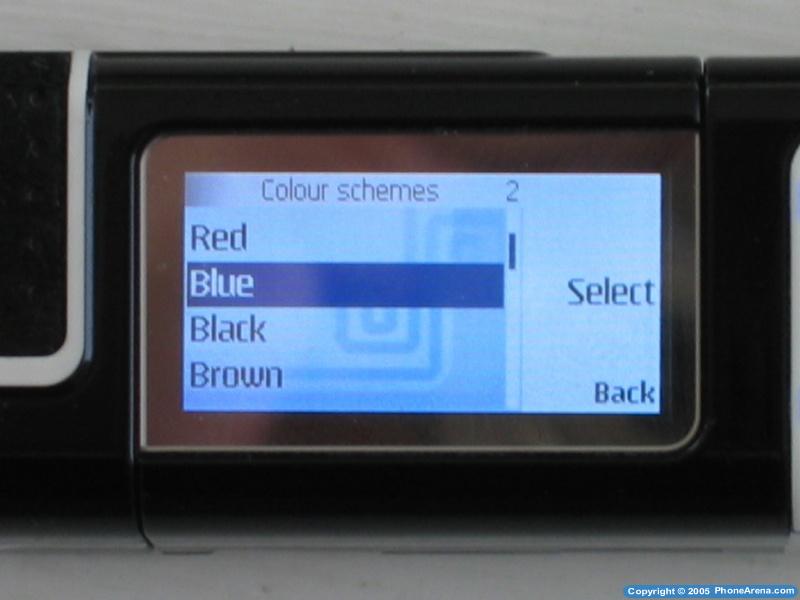
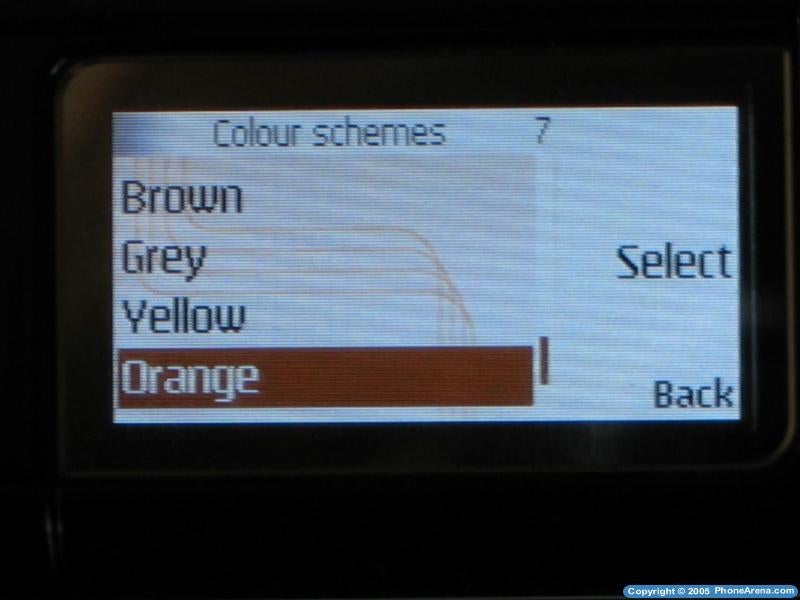
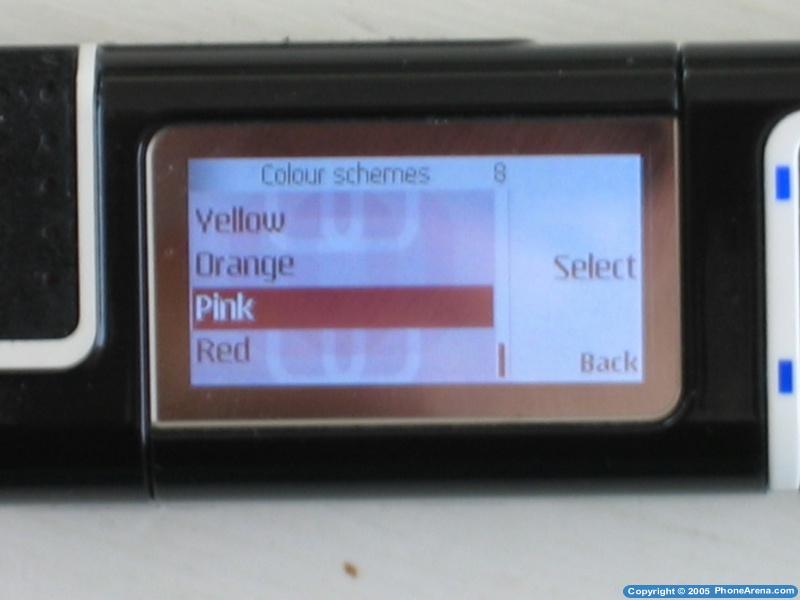
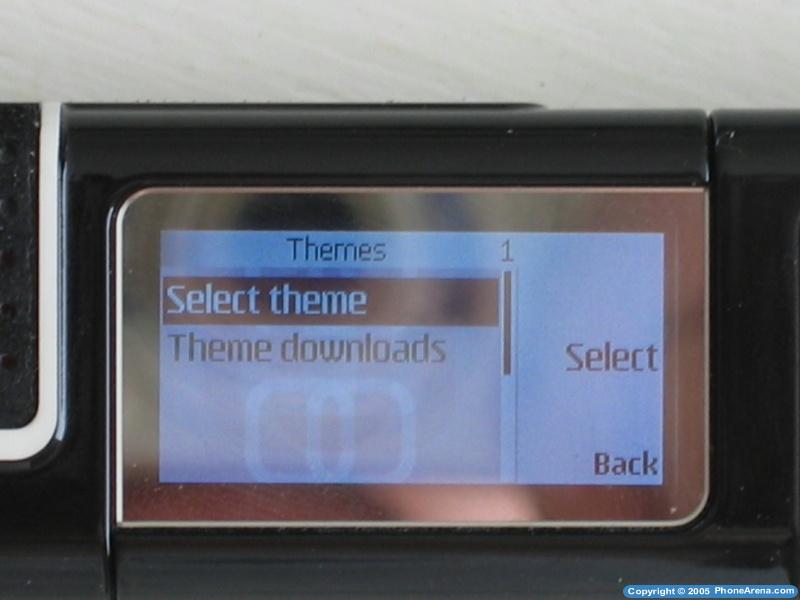
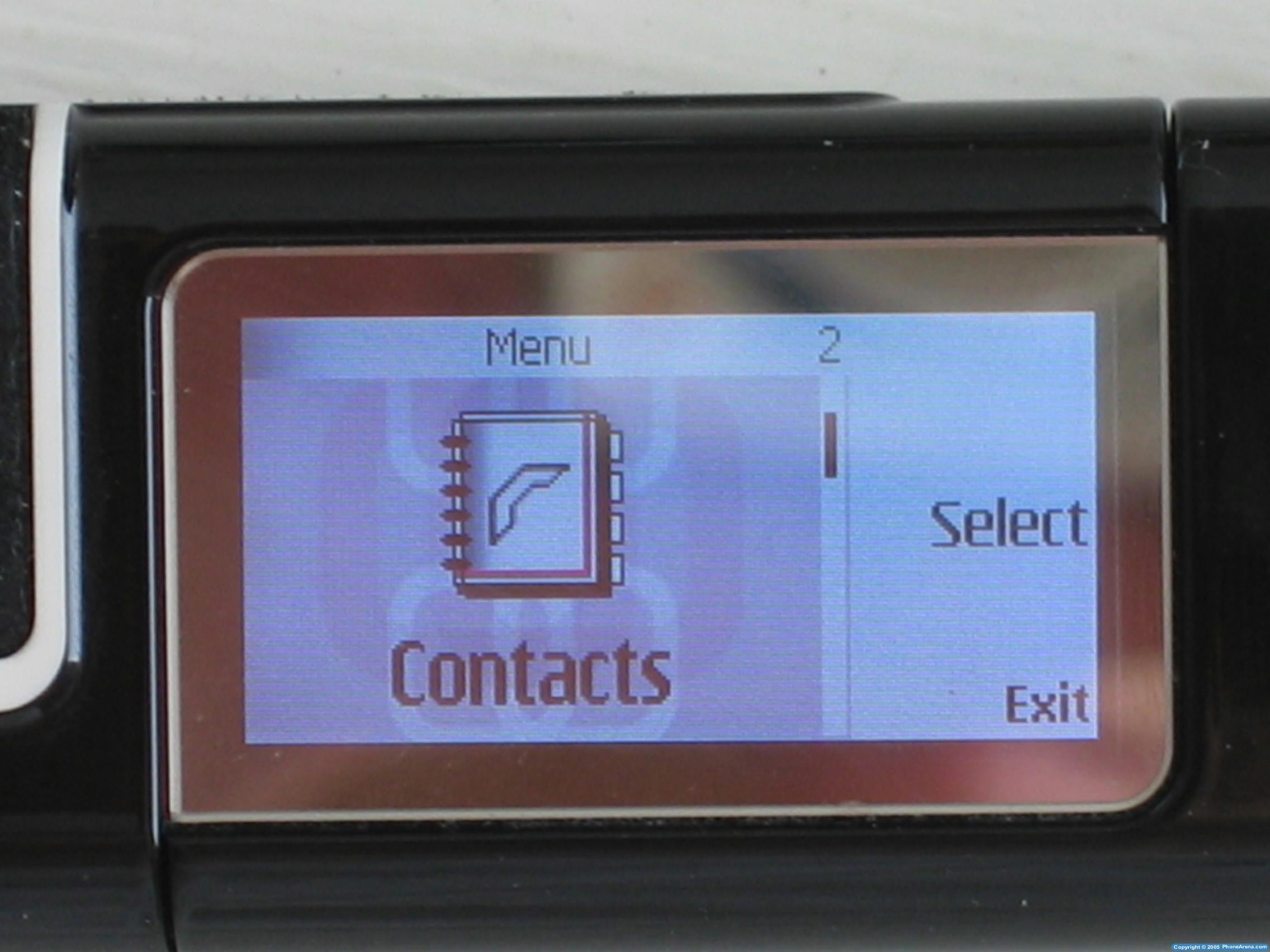
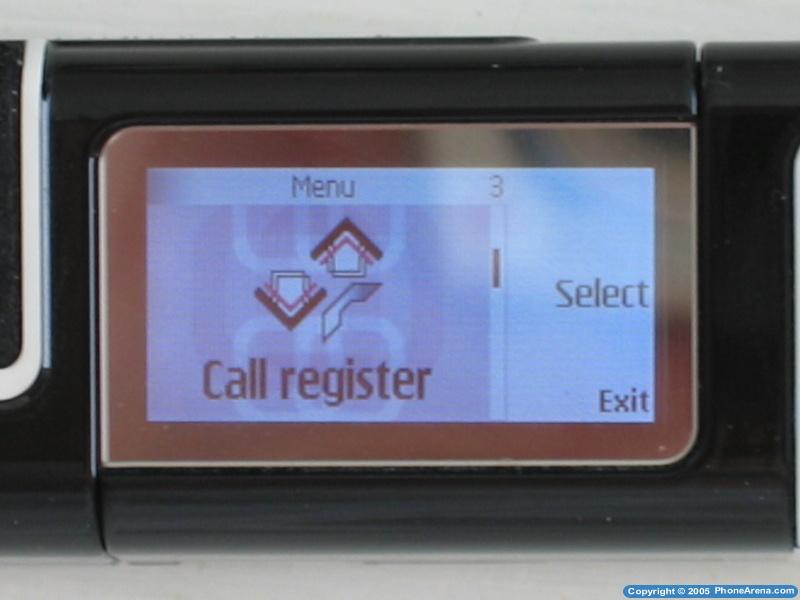
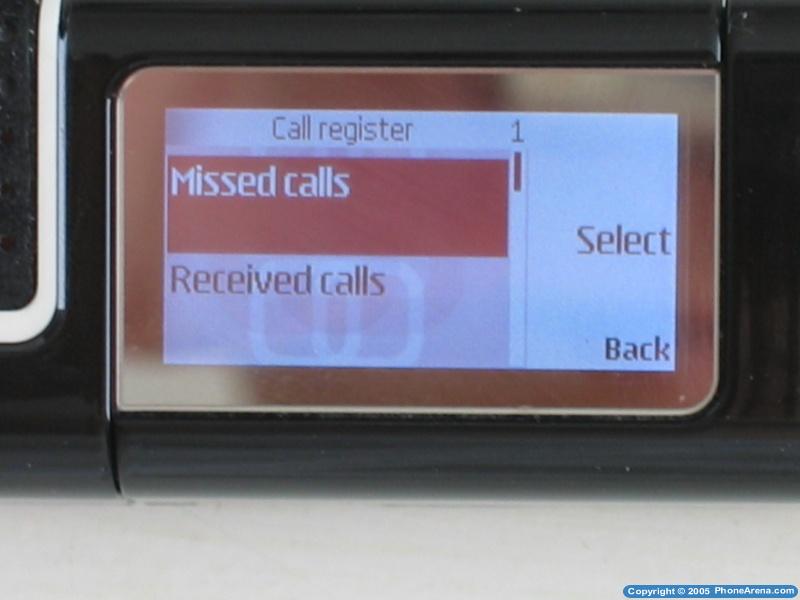
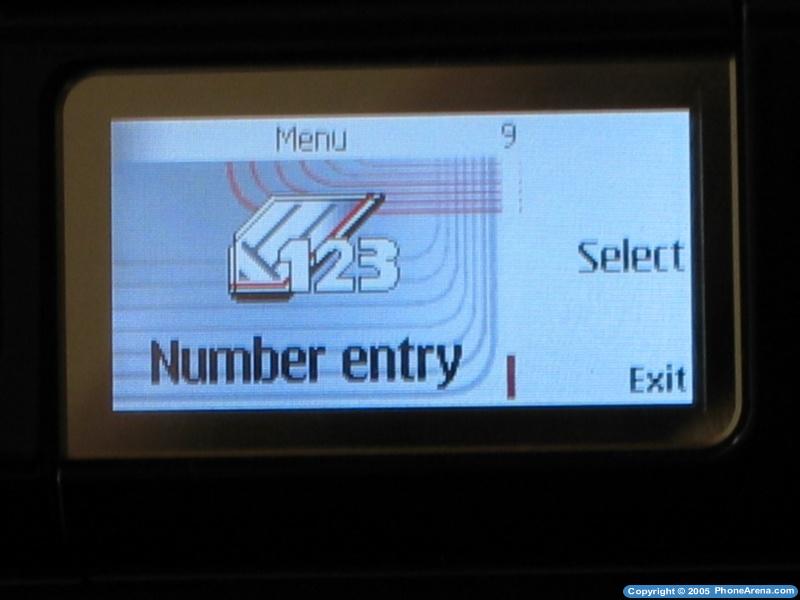
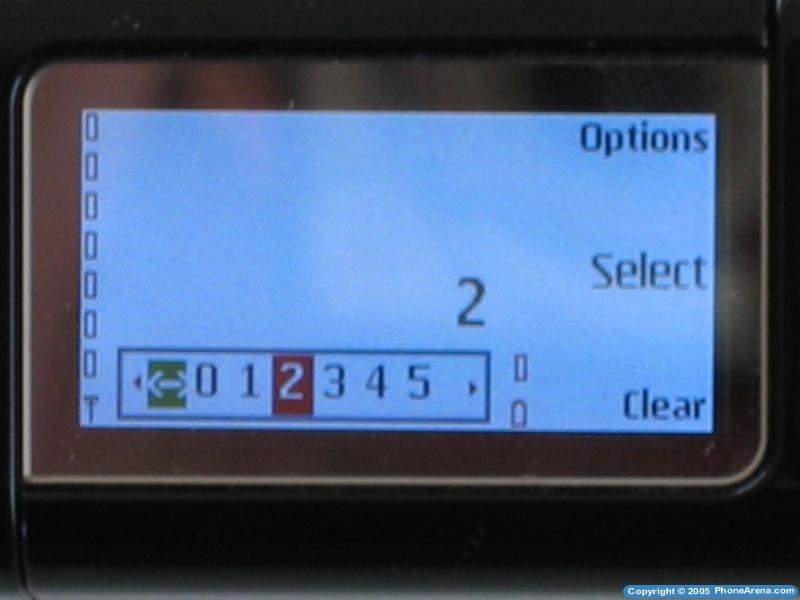
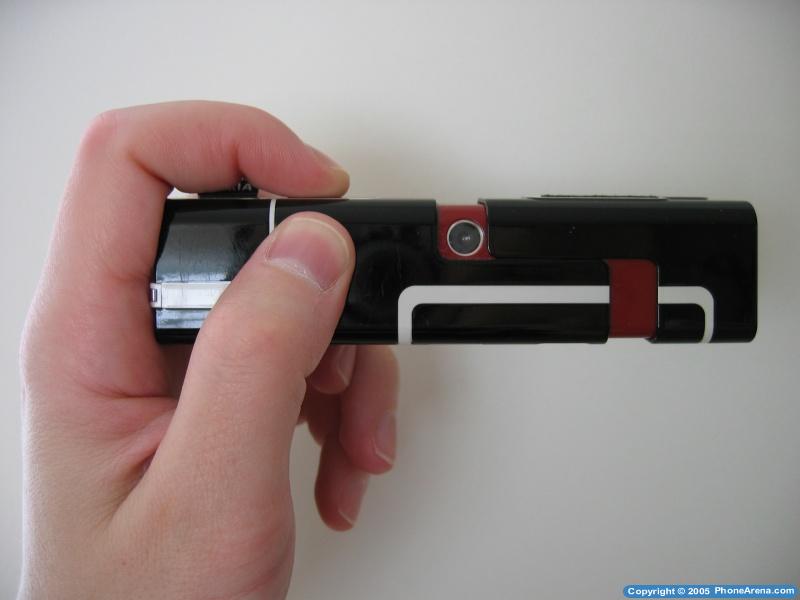
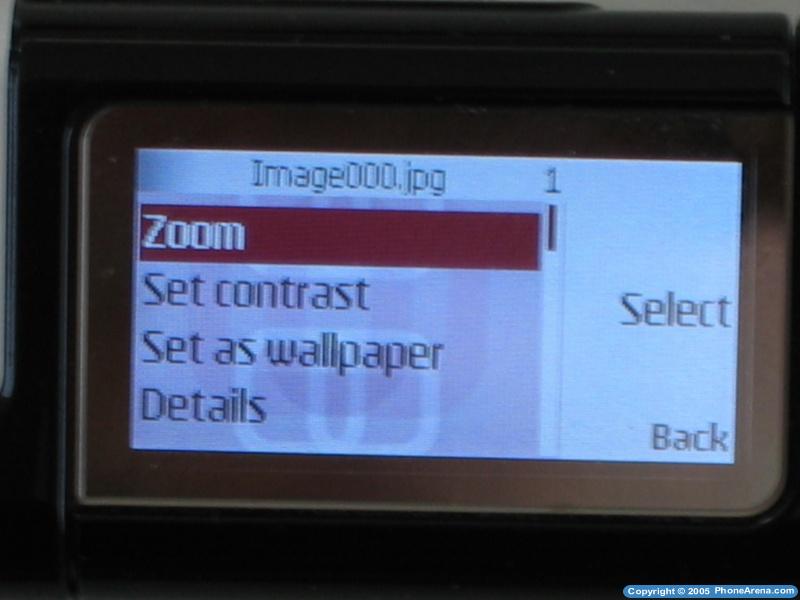
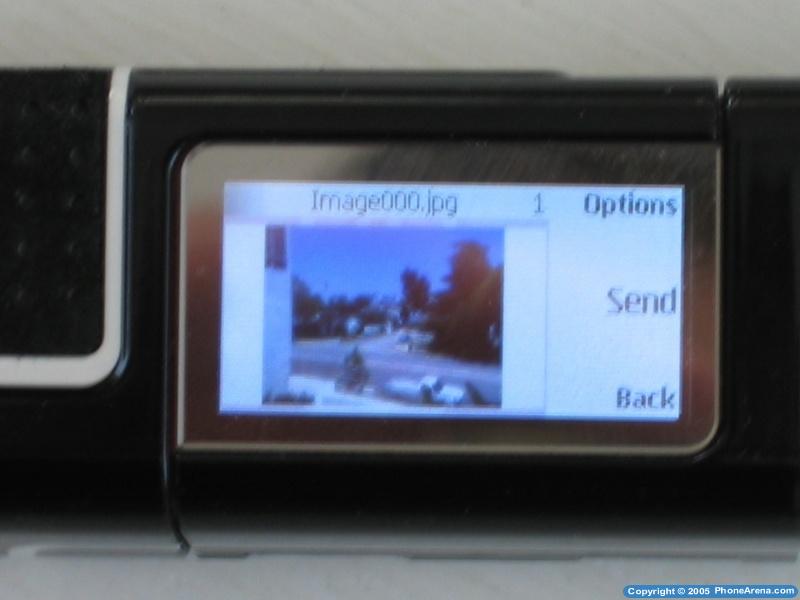
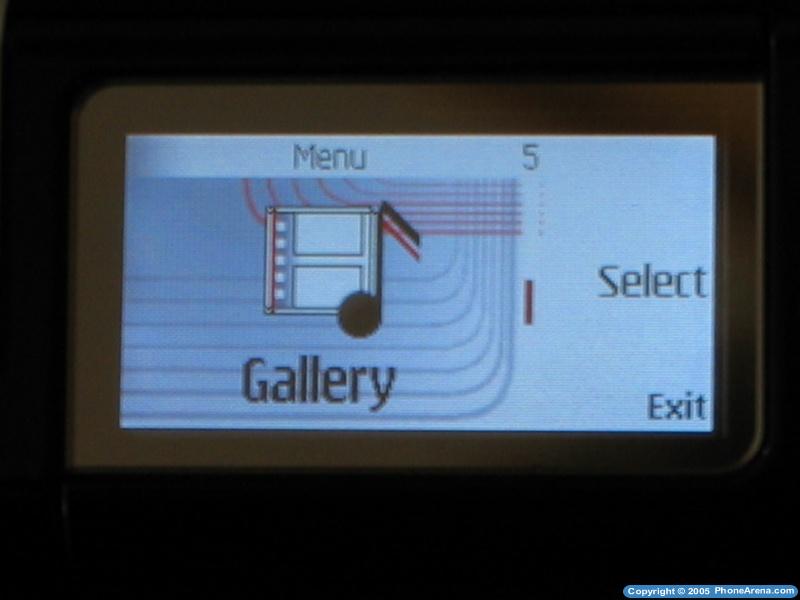
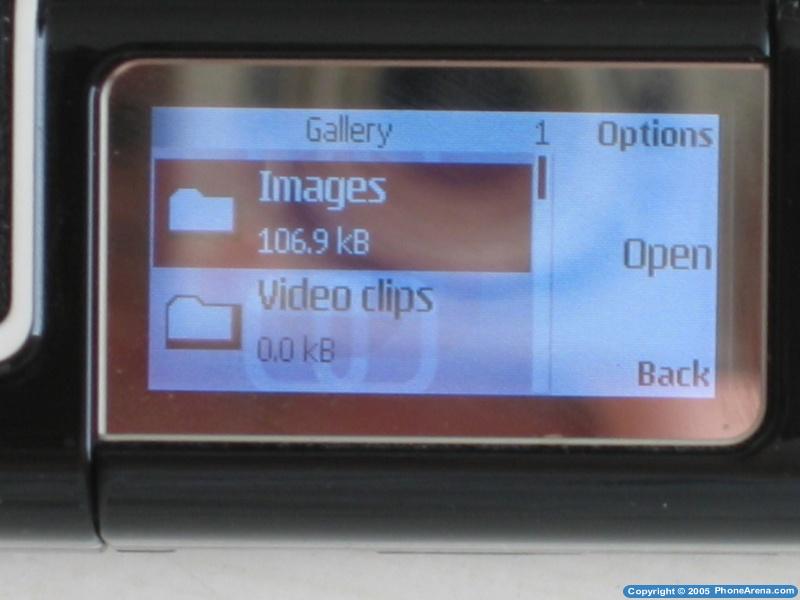
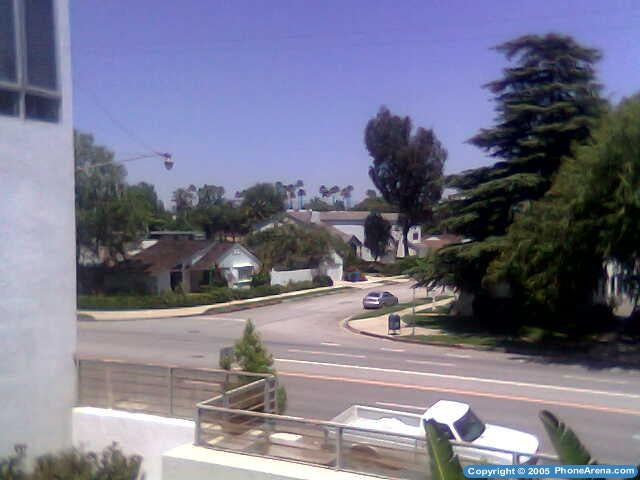
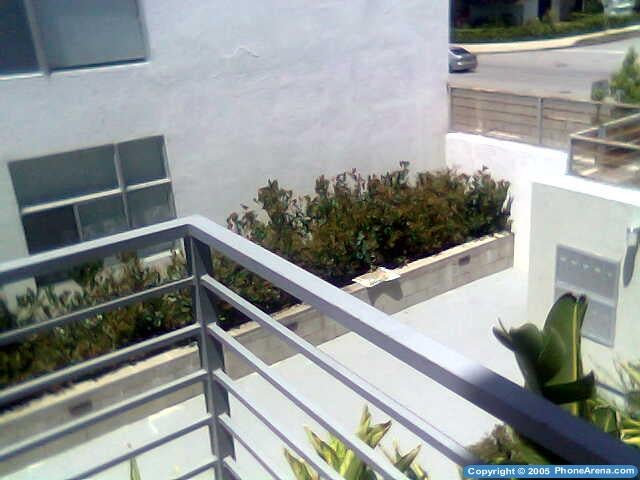
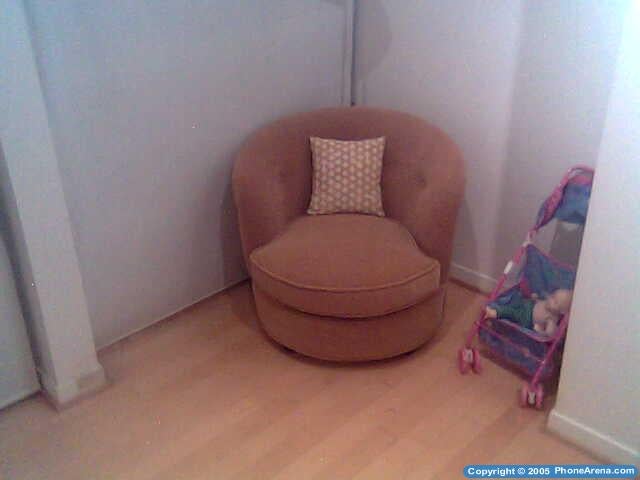
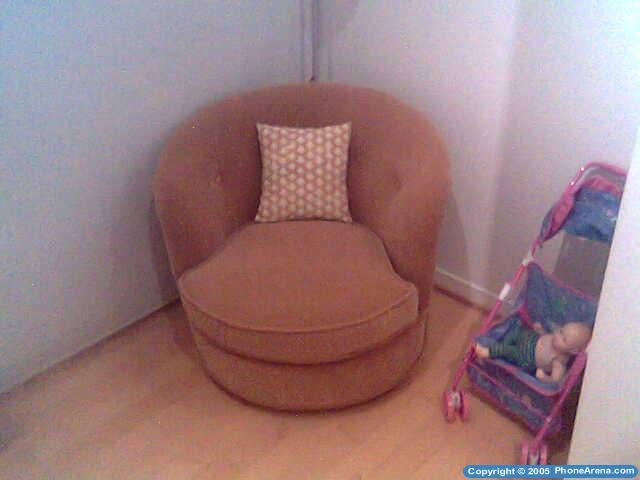
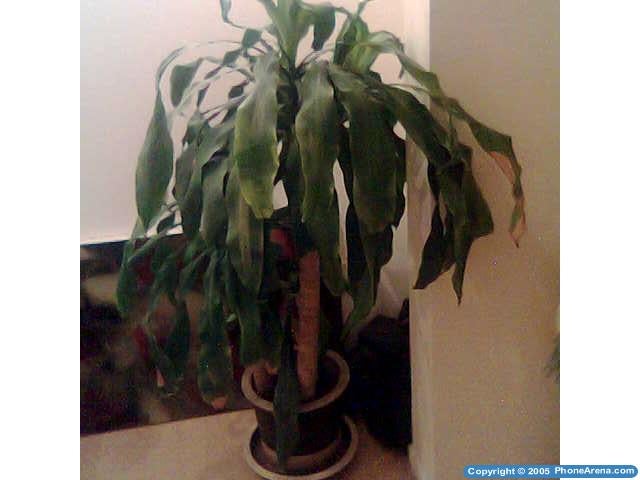
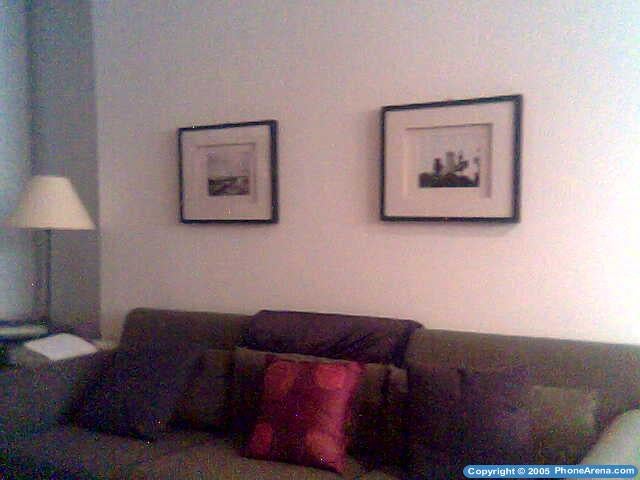
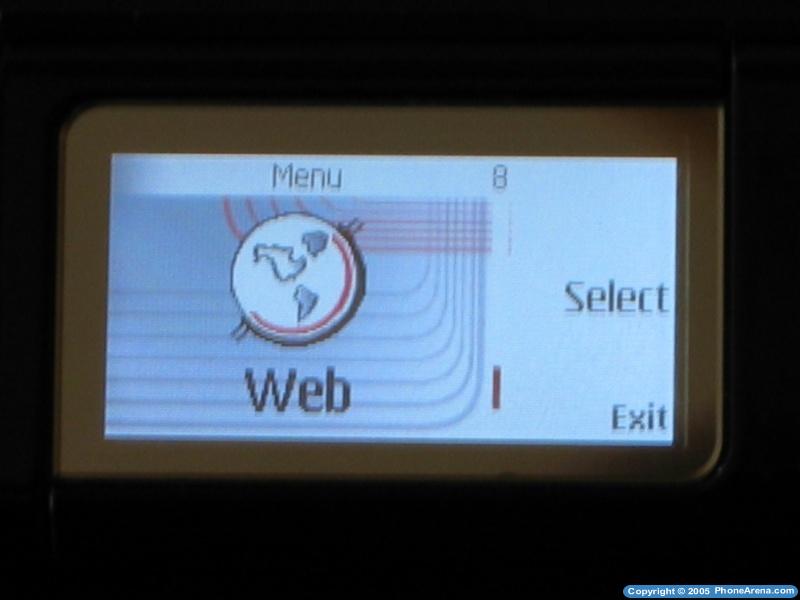
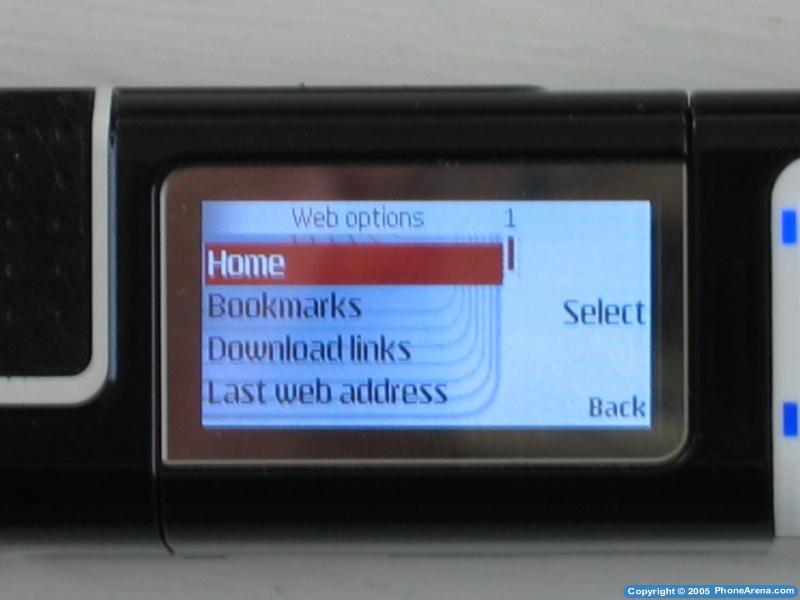










Things that are NOT allowed:
To help keep our community safe and free from spam, we apply temporary limits to newly created accounts: